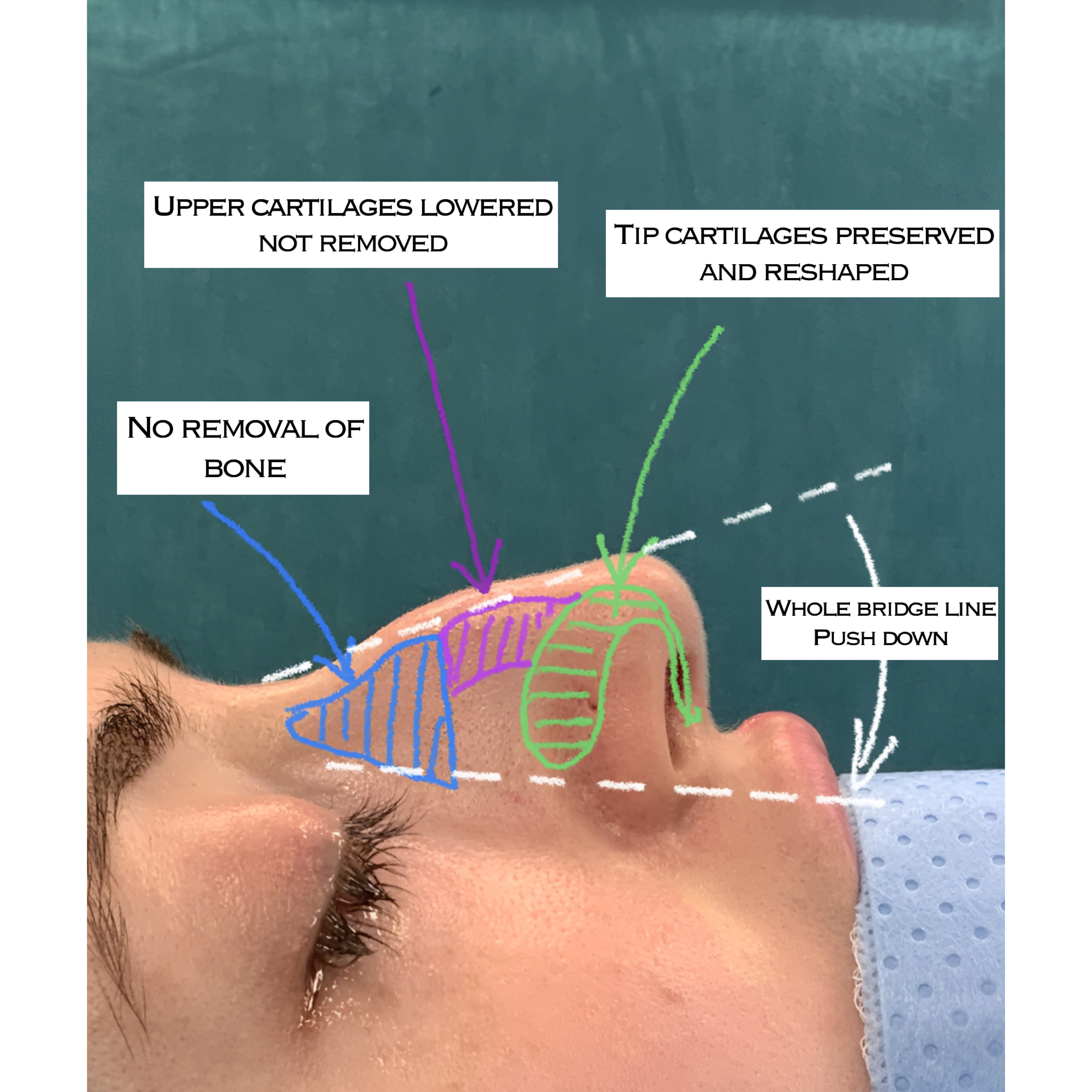Whether you run a general surgery clinic, a cosmetic practice offering rhinoplasty, or a gastroenterology center providing endoscopy, staying ahead requires both clinical excellence and strategic marketing.
This article explores how different specialties—surgical care, facial aesthetics, endoscopy—are evolving in the American market, and how tools like Google Ads help doctors reach the right patients.
Let’s begin by examining the world of general surgery and its role in today’s healthcare market.
General Surgery Trends in the US
Recent trends show increasing specialization within general surgery, with more surgeons focusing on minimally invasive techniques, robotic surgery, and outpatient procedures.
ASCs allow general surgeons to perform procedures like hernia repairs, gallbladder removal, and appendectomies outside traditional hospital settings.
For general surgeons to remain competitive, clinical expertise must be paired with business acumen.

The Rising Demand for Rhinoplasty in the US
Rhinoplasty, or nose reshaping surgery, has become one of the most sought-after cosmetic procedures in the US.
Modern rhinoplasty techniques emphasize subtle, natural-looking results.
For cosmetic surgeons specializing in rhinoplasty, standing out requires more than surgical skill.
How Endoscopy Shapes Gastroenterology in the US
In the US, routine endoscopy screenings, especially colonoscopies, are key to cancer prevention efforts.
High-definition imaging, narrow-band light, and capsule endoscopy now offer enhanced diagnostic accuracy.
Combining medical excellence with proactive outreach builds patient trust and increases screening rates.

Google Ads for Physicians: Reaching More Patients
In today’s digital world, patients often start their search for healthcare providers online.
Doctors need to craft compelling ad copy, select relevant keywords, and optimize landing pages to convert clicks into bookings.
Additionally, healthcare providers must follow industry-specific advertising regulations, ensuring compliance with HIPAA and avoiding misleading claims.
Bringing Together Clinical Excellence and Smart Marketing
Practices that combine reputation management, search engine optimization (SEO), and paid advertising like Google Ads build stronger, more sustainable businesses.
For example, a general surgery clinic can use educational blog posts and local SEO to attract patients searching for hernia repairs or gallbladder removals.
Patients should see consistent, trustworthy information on your website, ads, and social profiles.
How Clinics Can Succeed in a Competitive Medical Landscape
The US healthcare landscape is vast and competitive, but opportunities abound for clinics that combine medical skill with smart business strategies.
Investing in new technologies, from advanced endoscopy equipment to 3D rhinoplasty imaging, helps improve patient outcomes and sets your practice apart.
Success in the modern US healthcare market means blending clinical excellence with entrepreneurial mindset.
Common Questions About Healthcare Marketing and Strategy
What strategies help surgeons grow their practice?
Combining clinical excellence with smart marketing increases visibility and trust.
Why are more Americans seeking cosmetic nose surgery?
Rhinoplasty appeals to patients for both aesthetic and functional reasons, including improved breathing, facial harmony, and self-confidence.
How does endoscopy improve diagnostics?
Advances in imaging technology and equipment have improved diagnostic precision and patient safety.
Why should doctors use Google Ads?
It helps increase online visibility, drive website traffic, and convert leads into appointments.
What’s the future of medical marketing in the US?
The future of medical marketing includes greater use of AI for patient targeting, more emphasis on personalized content, and integration of social proof like reviews and testimonials.
leia mais aqui agendamento de consultas
Comments on “The Growing Medical Market in the USA: How Surgeons, Cosmetic Surgery, Diagnostic Procedures, and Google Ads Are Revolutionizing Medical Practices”